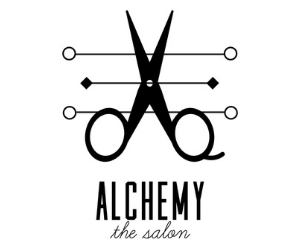 The trendy thing, the hot new item, the status symbol. These are not new concepts.
The trendy thing, the hot new item, the status symbol. These are not new concepts.
Millennials had the white Louis Vuitton shoulder bag (fake from Canal Street because we were 13), then before kids, the Goyard tote (because remember disposable income?), and now, for some, the Lululemon cross-body. But does a nine-year-old need a Lululemon cross body? What are they even putting in there?
Recently, my six-year-old asked me if she could have a Stanley water bottle. I said no. Trends, fitting in, this is middle school stuff; I wasn’t prepared for this in first grade. As I tote along my utilitarian Nalgene that has seen two administrations, I think about how I felt about her request.
Stanley cups are not a kid trend. It’s not like Pokemon cards or beanie babies. The Stanley trend was started by adults for adults. The trickle-down to the elementary school crowd might be from older siblings, but parents have been happy to share their status symbols with their kids.
I asked my daughter why she wanted one. She said because “everyone else” had one. I asked if it kept the water colder, made it taste better, and didn’t leak. She looked confused. It didn’t occur to her that the item should be useful or different, only that it was coveted.
The joke started with my husband, whether or not my daughter was too young to read “Class” by Paul Fussell. This 1992 book is a satire about social standing, but it got in my head long ago. Here’s an excerpt below:
“Brand names today possess a totemistic power to confer distinction on those who wear them. By donning legible clothing, you fuse your private identity with external commercial success, redeeming your insignificance and becoming, for the moment, somebody.”
Now, I am not above brands and trends. I love my Gucci cross-body bag now. In college, I had American Apparel v-necks in every color. In high school, I had a Tiffany dog tag necklace. But I am thankful my mom didn’t give into every whim to help me “fit in” (although I’m sure I asked).
Status shouldn’t concern first graders unless it shows me how many Magic Tree House books they’ve read. At elementary age, which may be a hot take, this is much more about status for the parents. Now, there’s nothing bad about that inherently; it’s natural. But putting it on a child and their peers forces them to grow up more quickly and internalize this.
The kids will create their own hierarchies; they don’t need help.
I hope to teach my kids that status and trends are fleeting, that you shouldn’t be a walking advertisement, and never wear purple (Paul Fussell joke, IYKYK). But for now, my six-year-old doesn’t need a Stanley.
























